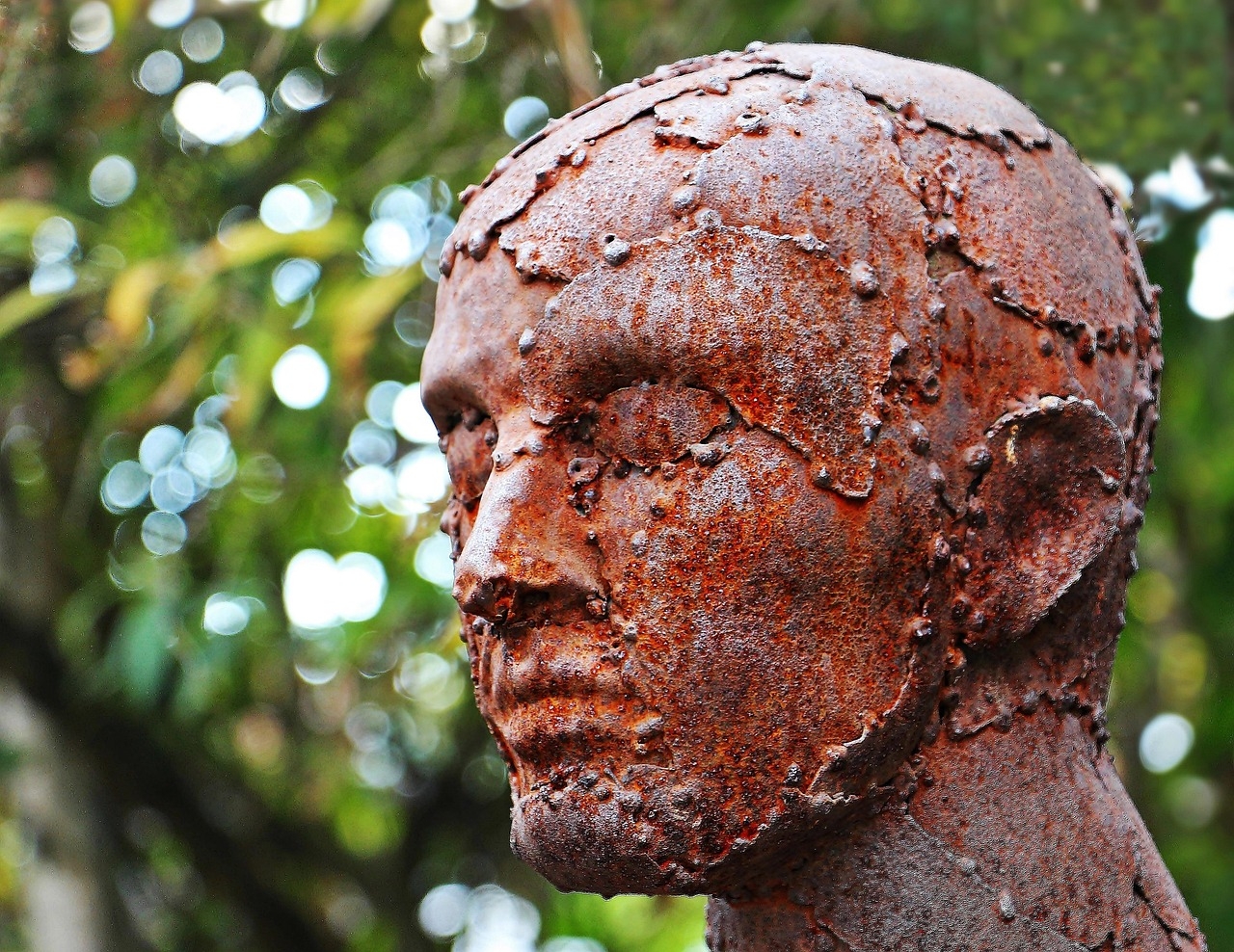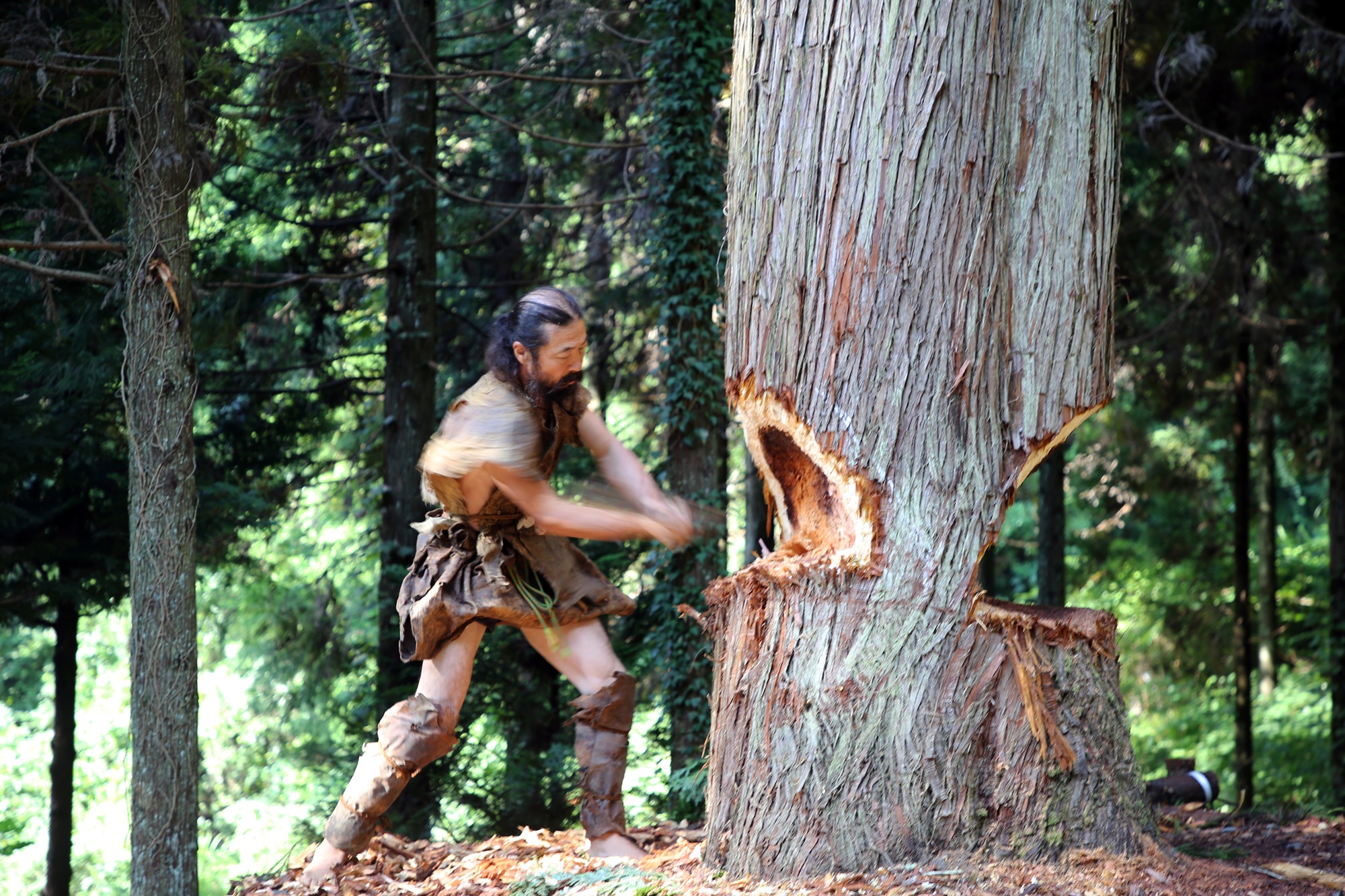We reach more than 65,000 registered users in Dec!! Register Now

Ancient canoe replica tests Paleolithic migration theory
- July 17, 2025
- 26 Views
- 0 Likes
- 0 Comment
When and where the earliest modern human populations migrated and settled in East Asia are relatively well known. However, how these populations moved between islands on treacherous stretches of sea is still shrouded in mystery. In two new papers, researchers from Japan and Taiwan led by Professor Yousuke Kaifu from the University of Tokyo simulated methods ancient peoples would have needed to accomplish these journeys, and they used period-accurate tools to create the canoes to make the journey themselves.
Evidence suggests that around 30,000 years ago, humans made a sea crossing — without maps, metal tools or modern boats — from what is now called Taiwan to some of the islands in southern Japan, including Okinawa. To find out exactly how this crossing was made, a team led by Kaifu performed various simulations and experiments, including the use of physical recreations, to learn the most plausible way this crossing was achieved. Of the two newly published papers, one used numerical simulations to cross one of the strongest currents in the world called the Kuroshio. The simulation showed that a boat made using tools of the time, and the right know-how, could have navigated the Kuroshio. The other paper detailed the construction and testing of a real boat which the team successfully used to paddle between islands over 100 kilometers apart.
“We initiated this project with simple questions: ‘How did Paleolithic people arrive at such remote islands as Okinawa?’ ‘How difficult was their journey?’ ‘And what tools and strategies did they use?’” said Kaifu. “Archaeological evidence such as remains and artifacts can’t paint a full picture as the nature of the sea is that it washes such things away. So, we turned to the idea of experimental archaeology, in a similar vein to the Kon-Tiki expedition of 1947 by Norwegian explorer Thor Heyerdahl.”
In 2019, the team constructed a 7.5-meter dugout canoe called Sugime, built from a single Japanese cedar trunk, using replicas of 30,000-year-old stone tools. They paddled it 225 kilometers from eastern Taiwan to Yonaguni Island in the Ryukyu group, which includes Okinawa, navigating only by the sun, stars, swells and their instincts. They paddled for over 45 hours across the open sea, mostly without any visibility of the island they were targeting. Several years later, the team is still unpicking some of the data they created during the experiment, and use what they find to inform or test models about various aspects of sea crossings in that region so long ago.
To understand whether such a journey could have been made in different circumstances, the team also used advanced ocean models to simulate hundreds of virtual voyages. These simulations tested different starting points, seasons and paddling strategies under both modern and ancient ocean conditions.
The simulations helped fill gaps that a one-time experiment could not. They revealed that launching from northern Taiwan offered a better chance of success than from further south, and that paddling slightly southeast rather than directly at the destination was essential for compensating against the powerful current. These findings suggest a high level of strategic seafaring knowledge among early modern humans.
“Scientists try to reconstruct the processes of past human migrations, but it is often difficult to examine how challenging they really were. One important message from the whole project was that our Paleolithic ancestors were real challengers. Like us today, they had to undertake strategic challenges to advance,” said Kaifu. “For example, the ancient Polynesian people had no maps, but they could travel almost the entire Pacific. There are a variety of signs on the ocean to know the right direction, such as visible land masses, heavenly bodies, swells and winds. We learned parts of such techniques ourselves along the way.”
List of Referenes
- Yu-Lin K. Chang, Yasumasa Miyazawa, Xinyu Guo, Sergey Varlamov, Haiyan Yang, Yousuke Kaifu. Traversing the Kuroshio: Paleolithic migration across one of the world’s strongest ocean currents. Science Advances, 2025; 11 (26) DOI: 10.1126/sciadv.adv5508
- Yousuke Kaifu, Chih-Hsing Lin, Nobuyuki Ikeya, Masahisa Yamada, Akira Iwase, Yu-Lin K. Chang, Masahiro Uchida, Koji Hara, Kunihiro Amemiya, Yunkai Sung, Katsuaki Suzuki, Minoru Muramatsu, Michiko Tanaka, Sayaka Hanai, Toiora Hawira, Saki Uchida, Masaki Fujita, Yasumasa Miyazawa, Kumino Nakamura, Pi-Ling Wen, Akira Goto. Paleolithic seafaring in East Asia: An experimental test of the dugout canoe hypothesis. Science Advances, 2025; 11 (26) DOI: 10.1126/sciadv.adv5507
Cite This Article as
No tags found for this post









